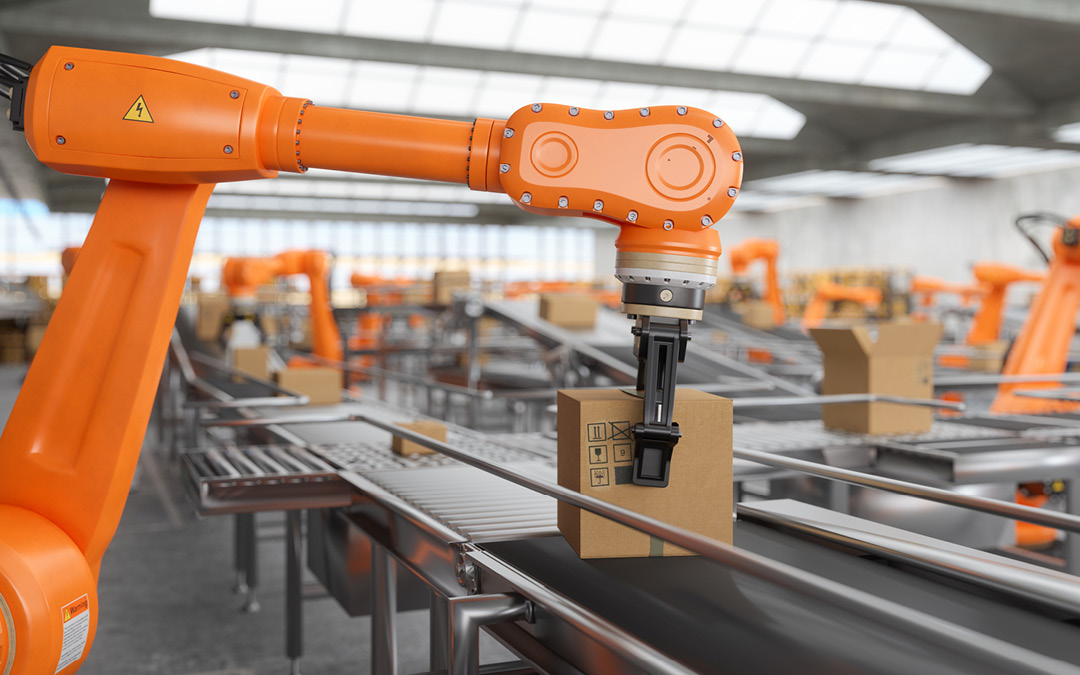Competition is strong, the economic environment is weak – what is growing above all are the costs: parcel services are all struggling with the same challenges. How can their profitability be restored? The fact is that parcel services have to calculate to the third decimal place. This can only succeed if they concentrate on their core business.
The B2C business continues to attract customers with its growth rates, currently driven by the success of major online retail platforms. The players have enormous market power and can enforce low prices and a demanding service level. At the same time, the costs per delivery are significantly higher than in the B2B sector. As a result, the service providers’ profitability suffers. Getting more involved in the B2B business may be the right decision – even though volumes from business customers are stagnating and all parcel services are currently focusing on this segment.
The problem goes deeper. Some parcel services are already unprofitable, deep in the red, or at least suffering from declining earnings. One reason is that additional capacity was created during the pandemic and is no longer adequate today. Reducing capacity is more difficult than increasing it. Nevertheless, it must be adapted to the volumes. In particular, job cuts are a painful but unavoidable step. Restructuring is also necessary.
In doing so, the focus must always be on consistently optimising costs and investing according to strict criteria. It is not just about cost cutting but also about increasing efficiency and optimising the sales mix.
Concentrating on the essentials
Parcel logistics is a volume and mass business that must be handled as efficiently as possible in the system. Flexibility in both collection and delivery only works as long as it does not disrupt the highly efficient flow of parcels. Traditional parcel services would therefore do well to concentrate on their core business. Everything superfluous must be shed.
Or not to start at all – for example, diversifying the offering: fulfilment services or services for niche markets such as food delivery, medical supplies, or express services require knowledge, practical experience, and the costly development of infrastructure. There are already highly specialised providers of these services. Nor does it make sense to enter into sector-specific solutions such as furniture delivery. Processing in these areas cannot be standardised and is expensive. The key is to only accept quantities that fit into the system and can be produced in a standardised way.
Convenience despite cost optimisation
Instead of investing in products, you should invest in productivity. In the past, the principle was ‘pre-carriage beats on-carriage’. Today, on-carriage is crucial, i.e. proximity to the point of delivery combined with route optimisation to meet the high service demands. Close-knit depot structures throughout the country are and will remain central to ensuring fast, nationwide delivery. Closing sites is therefore not a solution for cost optimisation. But further digitalisation, automation, and the use of artificial intelligence are.
AI is driving innovation, particularly in the expensive last mile, and is a decisive factor in improving efficiency and service quality. Algorithms are optimising more and more aspects of route planning and helping to adapt delivery routes in real time during delivery. Drivers are supported and relieved, and unsuccessful pick-ups and deliveries are minimised. In the future, AI could also suggest to parcel recipients where and when it is most convenient for them to receive their parcel.
A part of the delivery services will use parcel lockers, which are increasingly becoming part of the infrastructure in a digital world. However, as important as they are: now is not the time to invest in your own system. Especially as parcel services have already tried to set up their own networks in the past. It was always a loss-making business. A good and efficient solution, on the other hand, is to share parcel machines with other parcel service providers.
Speed and capacity utilisation
Delivering a parcel within a standard delivery time of 24 hours is the existing standard service offered by parcel services. Given the pressure on costs, the question is whether such delivery times are always necessary. After all, what consumers want most is reliability of delivery, not necessarily speed.
Bundling parcels over the course of the week could therefore be a market-compatible way to produce more efficiently. Volume fluctuations during the week, which are particularly typical in the B2C sector, are better balanced, and the systems are more evenly utilised.
It would be up to the shippers to decide what delivery speed is important to them and at what price. Faster means express and more expensive; standard means slower but cheaper. However, this is only possible if a high degree of reliability is guaranteed.
Conclusion: in times of crisis, there is really only one motto for parcel services: ‘back to the basics – focus on the essentials’ while maintaining high quality and reliability. You always have to keep an eye on profitability.






